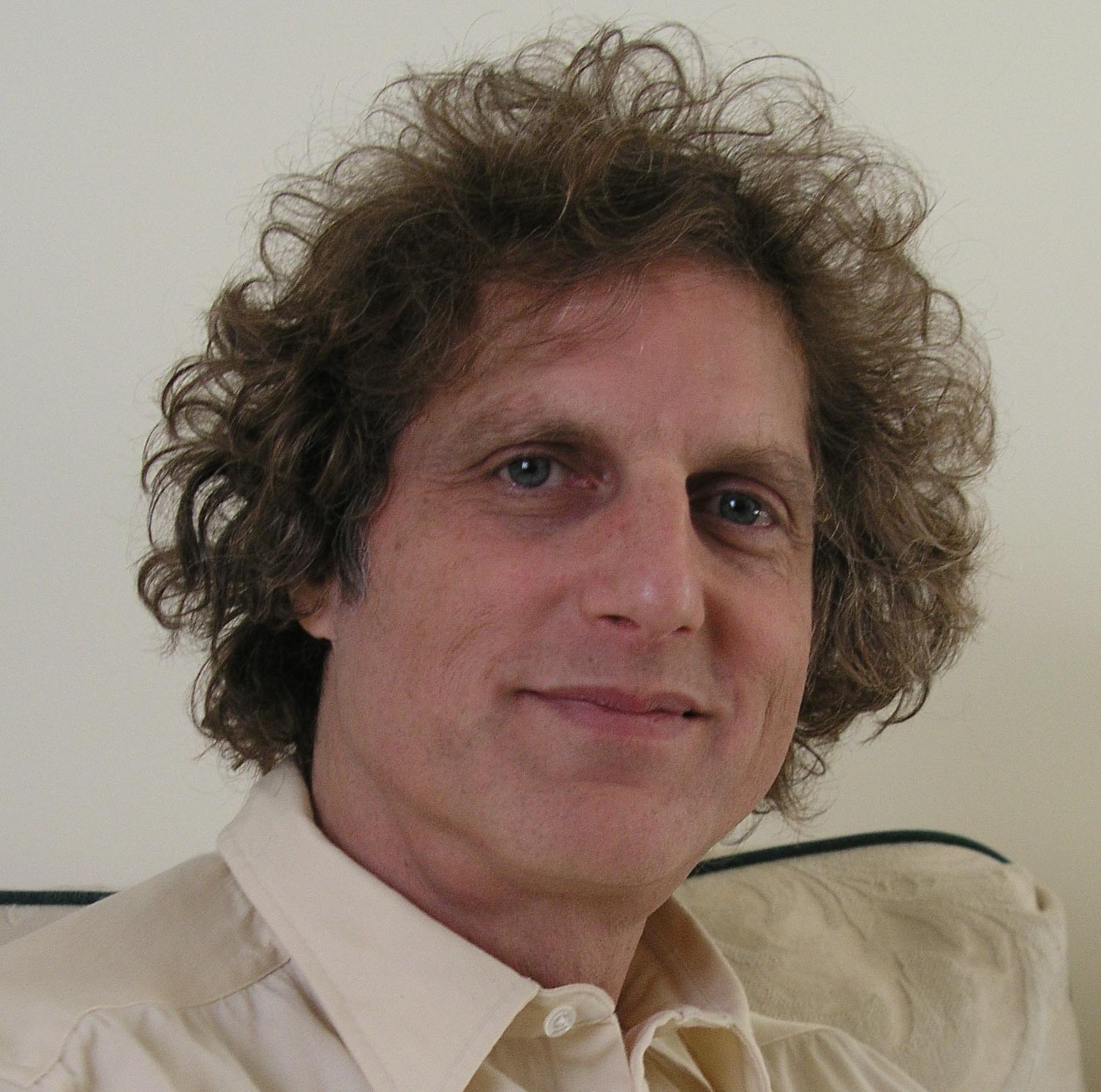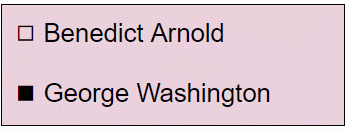Yesterday I listed some well-known ways in which the vote can be skewed: Suppression, gerrymandering, the electoral college, voter intimidation and the purging of voter lists. Compounding this is a media tendency to under-report, or sideline as fringe, some genuinely popular ideas such as universal health care and scaling back military spending.
All the above forces push electoral politics away from the people's concerns, toward a corporate agenda. And yet, could it be that even all this distortion is not enough to explain the state of American politics? Is there direct, computerized vote theft occurring to push corporate dominance over the top? Evidence for this possibility comes from three sources.
Vulnerability: Push-button and touch-screen voting systems are easily misprogrammed, and detection is all but impossible. The optical readers that count paper ballots are just as easily corrupted, and they are better only if there is an independent hand count keeping them honest.
Statistics: Polls often diverge from reported vote counts, with the vote counts far more often favoring the candidate on the political Right. In some cases, studies have revealed patterns in the discrepancies that suggest it is the reported vote counts that are at fault.
Anecdotes: There are examples in which first-hand stories have come out, with evidence from whistle blowers and data leaks.
1. VulnerabilityComputer scientists who look at security of computerized voting find the systems laughably vulnerable to both error and mischief. Even the common practices that are used to encrypt our emails and protect our Amazon accounts with passwords are not consistently followed in the world of voting machines. Here is an article from Wired on voting machine security. Here is a 2008 New York Times Magazine article with stories of voting machine failures. Here is an in-depth study of one common voting machine, from the Princeton Computer Scientist Ariel Feldman. A UCSD analysis of a similar system concludes, "that this voting system is far below even the most minimal security standards applicable in other contexts." Politico in August explored what it would take to hack a presidential election and came up with a depressing but not surprising conclusion: Not much. Last year, Virginia de-certified 3,000 voting machines that had been used throughout the state for 12 years, a welcome beginning.
Here is a report from the NYU Brennan Center for Justice, fully documented and replete with sensible recommendations for a comprehensive reform of the American system of voting.
All these sources document vulnerability to outside hacking. Just as significant is the possibility of an inside job. A few companies with shifting ownership control the machines that count most of the votes in America. Diebold, the most famous, changed the product line name to Premier, and then sold the division to ES&S, the largest voting machine company.
Election Day is now dominated by a handful of secretive corporations with interlocking ownership, strong partisan ties to the far right, and executives who revolve among them like beans in a shell game"
...As it happens, many of the key staffers behind our major voting-machine companies have been accused or convicted of a dizzying array of white-collar crimes, including conspiracy, bribery, bid rigging, computer fraud, tax fraud, stock fraud, mail fraud, extortion, and drug trafficking.
Computerized counting of votes is based on software, and typically a state or local election does not have the source code, so they must try to validate the code by "black box testing," where all they know is the input and the output. They rarely have resources to do an adequate job, and (in my opinion) it would not be difficult to write the software in such a way that it detects the difference between a test and a real election, and performs differently in the two situations. The only place I know of where open-source software is used to count votes in Humboldt County, CA.
Push-button and touch-screen paperless machines are clearly the most difficult to verify; but there are problems with optical scan machines as well. Op-scan systems are programmed to "read" a paper ballot and record the votes that are registered on set locations. The advantage they offer over paperless systems is that the votes can be counted in parallel by hand. This can be in an (unannounced) random sample of precincts, as a statistical spot check; or it can be a full hand re-count in case doubts arise about the accuracy of the numbers reported by machines. In practice, random spot checks are the exception, not the rule, and there are stiff barriers to full recounts almost everywhere in America. Under these circumstances, op-scan machines can be just as vulnerable as paperless machines.
For example: The op-scan machines must be programmed to look at a particular location on the paper for a check mark or filled-in square corresponding to each candidate.
The computer-reader might be programmed with just the right location for the Benedict Arnold box, but the location of the George Washington box is offset by a few mm. 100% of votes for Benedict Arnold will register, and 98% of marks in the space for George Washington will have enough overlap that they register as well. But in the aggregate, 2% of ballots for George Washington will be reported as "undervotes" -- no candidate was chosen. This kind of misreading will rarely be caught in a "black box" test, and in the unlikely event that it is detected, it looks like an innocent "miscalibration".
(Note: You can view every article as one long page if you sign up as an Advocate Member, or higher).






